#August Friedrich Oelenhainz
Photo
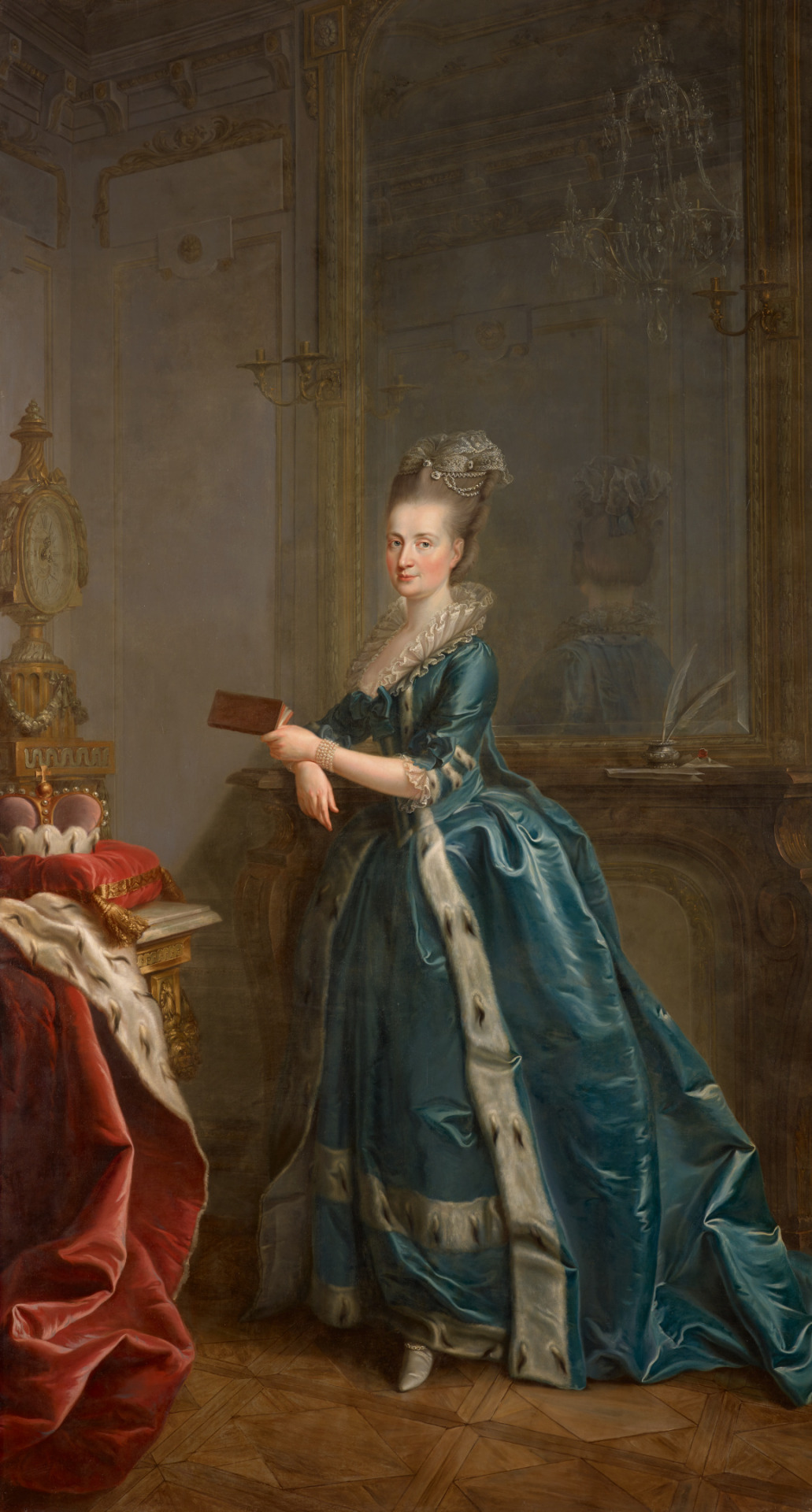
Portrait of Princess Maria Leopoldine von Liechtenstein, née Countess von Sternberg (1733-1809). By August Friedrich Oelenhainz.
Leopoldine von Sternberg (1733–1809) was a princess consort of Liechtenstein by marriage to Prince Franz Joseph I.
#August Friedrich Oelenhainz#fürstentum liechtenstein#haus liechtenstein#german aristocracy#full length portrait#princess maria leopoldine#full-length portrait#princess of liechtenstein
52 notes
·
View notes
Photo
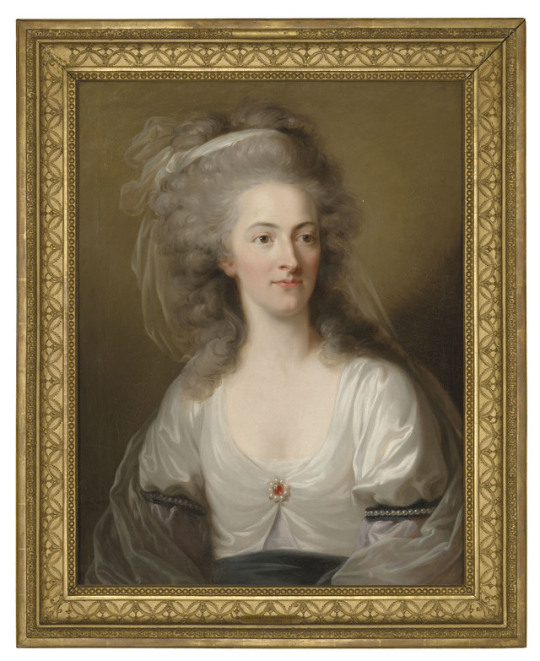
August Friedrich Oelenhainz (b.1745-d.1804), ‘Portrait of a Lady’, c.1787, oil on canvas, German, for sale est. 2,000 - 3,000 GBP in Christie’s Visions of Collecting sale, September 2019.
7 notes
·
View notes
Photo
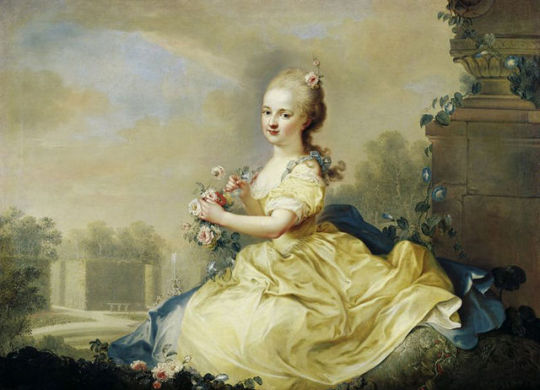
Portrait of princess Maria Josepha Hermengilde of Liechtenstein
August Friedrich Oelenhainz, 1776
5 notes
·
View notes
Photo

Portrait of a lady by August Friedrich Oelenhainz, 18th century. [source: Christie's]
46 notes
·
View notes
Photo


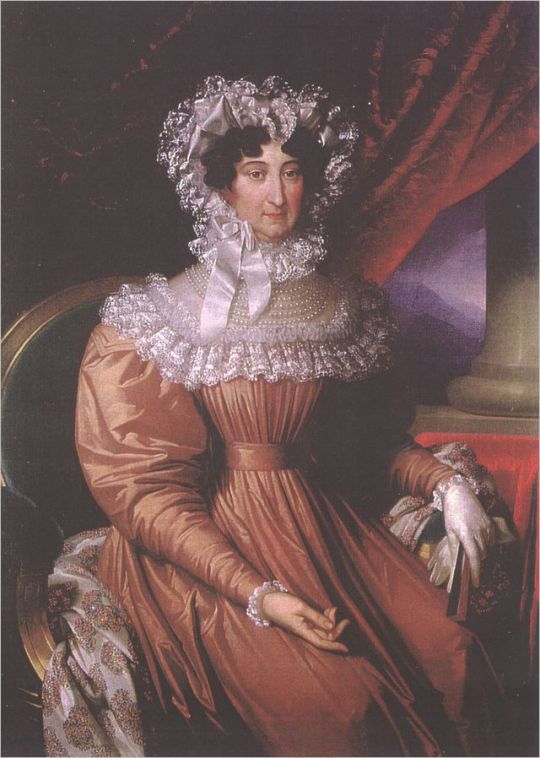
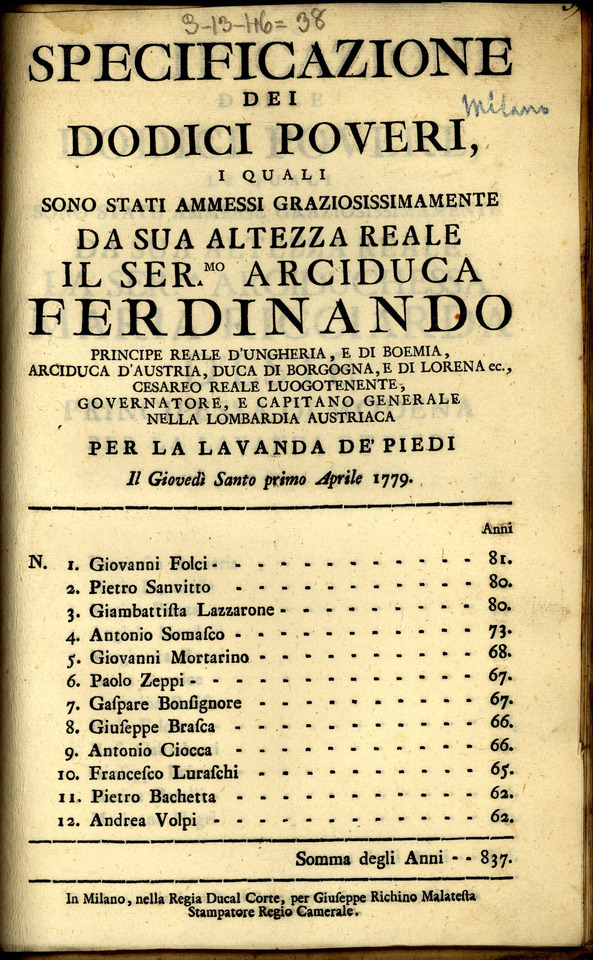
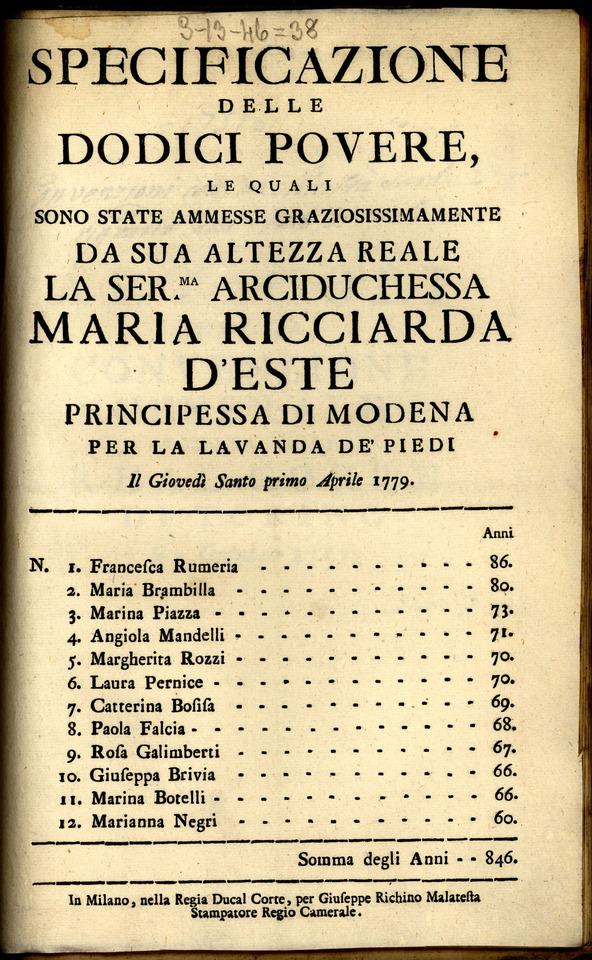
What’s so Maundy about Thursday?
As the Thursday before Easter, today is known in many Christian denominations as Holy Thursday or Maundy Thursday. The term maundy, which is likely derived from the Latin word mandatum or “command”, refers to the ritual of foot washing that is associated with today’s religious festival. The practice comes as a response to Jesus washing the feet of his apostles before the Last Supper and commanding them to follow his example. Cultural practices of the time generally involved a servant washing the feet of guests as a gesture of hospitality. The religious ritual of foot washing on Maundy Thursday, however, imitates the humility of Jesus with a church leader, such as a bishop or even the pope, washing the feet of either lesser clergy or the poor.
During the medieval period, the ceremony of foot washing, also known as the pedilavium, spread from the Catholic Church hierarchy to the royal families of Europe. While the specifics of the tradition varied by location, generally the king or emperor washed the feet of poor men and the queen or empress washed the feet of poor women. The royal household also served the carefully selected participants at a banquet and gave them money and other gifts. Over time the practice disappeared from most courts, but in the Austro-Hungarian Empire under the Habsburgs and in Spain it continued into the early twentieth century.
Two eighteenth-century broadsides in a volume of miscellaneous works recently cataloged as part of the Cavagna Collection demonstrate the usage of the pedilavium tradition beyond the central Habsburg imperial court. In this case, we have two separate announcements of the men and women selected for the feet washing ceremony in Milan in 1779, during its period of Austrian rule. The governor of the Duchy of Milan, Archduke Ferdinand of Austria (1754-1806), who was the younger brother of Holy Roman Emperor Joseph II, and Ferdinand’s wife, Maria Beatrice Ricciarda d’Este (1750-1829), performed the ceremony. The Austrian tradition was to select twelve old men and women as the participants in the pedilavium. The practice of printing lists of participants in the ceremonies began in the early eighteenth century, and on these two broadsides we see the names of the participants and their ages listed, with a grand total of the ages of all twelve people. While the totals are close, the women out-aged the men that year by 9--846 to 837. -SH
[Miscellanea di stampe rare riguardanti la storia lombarda. Volume 2]. Q. Cavagna 21150no.2
12 notes
·
View notes
Photo

Portrait of the Future Prince Johann I von Liechtenstein. By August Friedrich Oelenhainz.
#August Friedrich Oelenhainz#heiliges römisches reich#holy roman empire#liechtenstein#fürstentum liechtenstein#haus liechtenstein#liechtenstein museum#german aristocracy#prince johann i of liechtenstein
13 notes
·
View notes
Photo
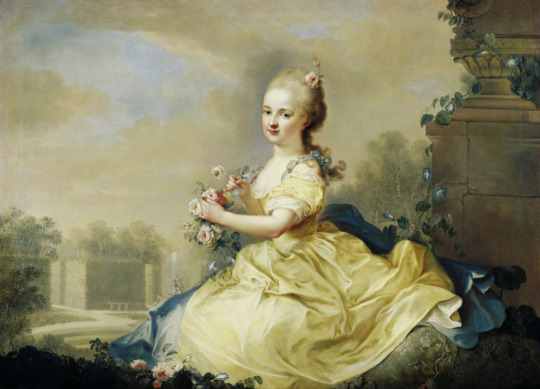
Portrait of princess Maria Josepha Hermengilde of Liechtenstein (1768-1845) by August Friedrich Oelenhainz.
#August Friedrich Oelenhainz#liechtenstein#fürstentum liechtenstein#haus liechtenstein#german aristocracy#princess maria josepha
8 notes
·
View notes
Photo
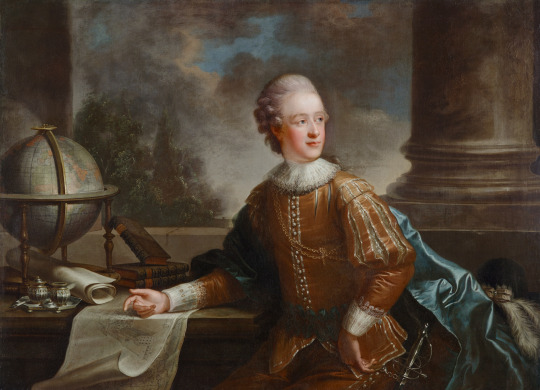
Portrait of Alois I of Liechtenstein by August Friedrich Oelenhainz.
#August Friedrich Oelenhainz#liechtenstein#fürstentum liechtenstein#haus liechtenstein#liechtenstein museum#german aristocracy#heiliges römisches reich#holy roman empire
7 notes
·
View notes
Photo
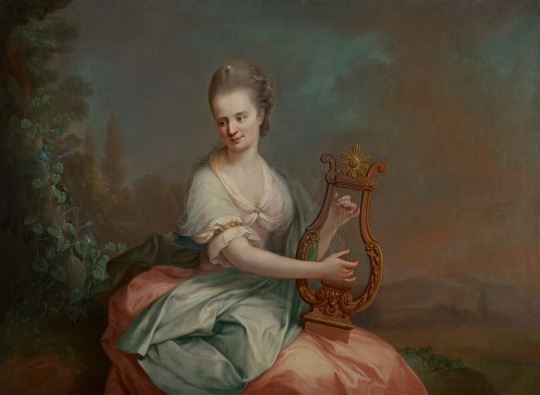
Portrait of Princess Leopoldine Adelgunde of Liechtenstein (1754-1823). By August Friedrich Oelenhainz.
#August Friedrich Oelenhainz#holy roman empire#heiliges römisches reich#german aristocracy#haus liechtenstein#liechtenstein#fürstentum liechtenstein#liechtenstein museum#princes leopoldine adelgunde
7 notes
·
View notes
Photo
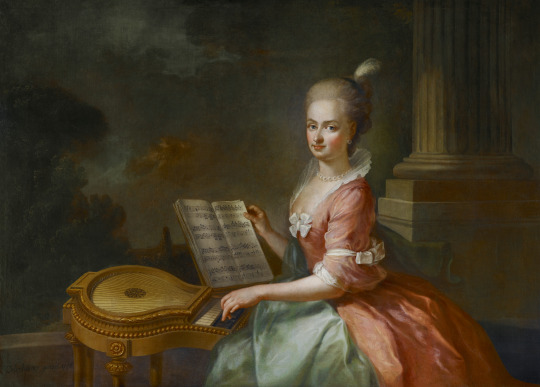
Princess Maria Antonia of Liechtenstein (1756-1821) by August Friedrich Oelenhainz.
#August Friedrich Oelenhainz#princess maria antonia#haus liechtenstein#fürstentum liechtenstein#liechtenstein museum#heiliges römisches reich#german aristocracy#Holy Roman Empire
7 notes
·
View notes
Photo
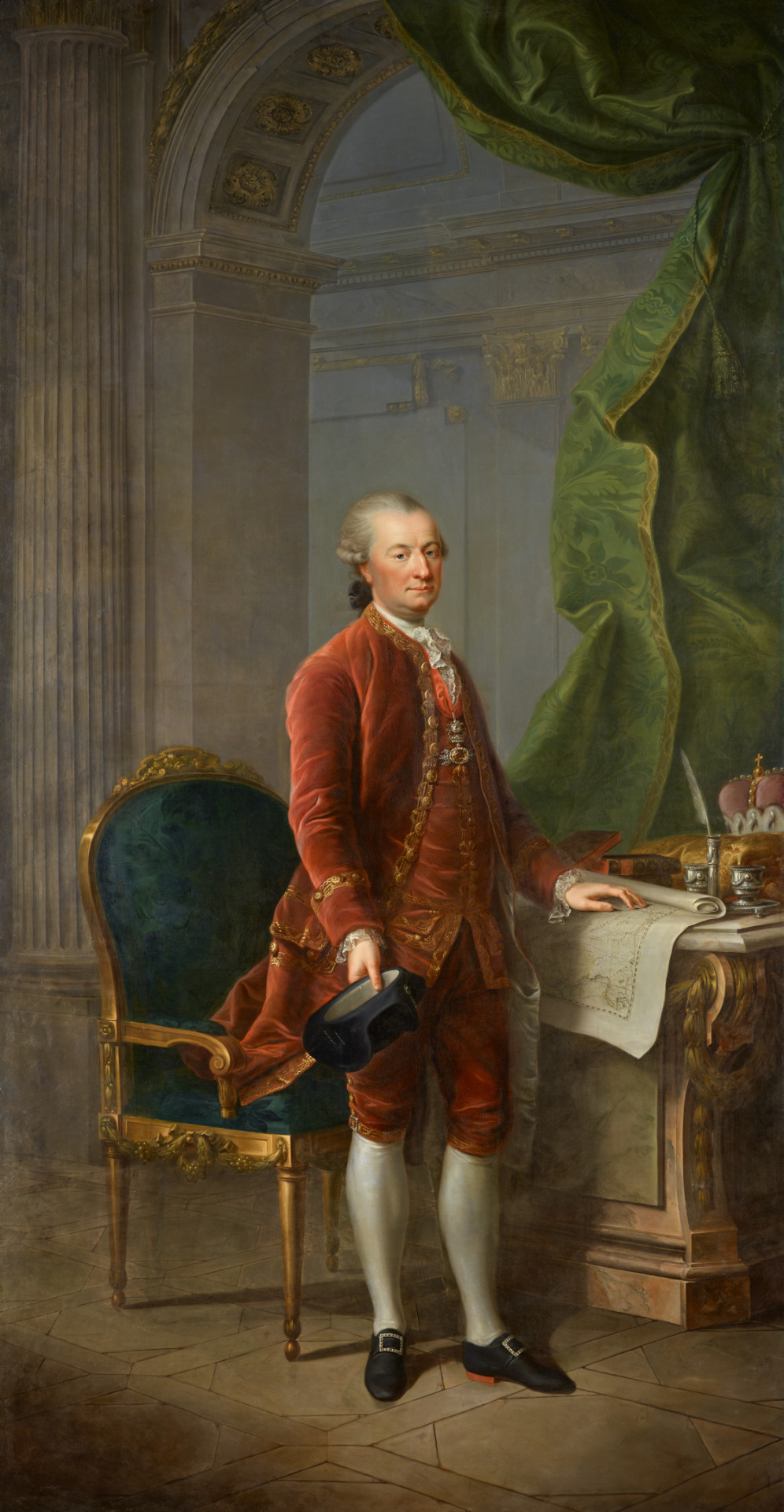
Portrait of Prince Franz Josef I of Liechtenstein (1726-1781). By August Friedrich Oelenhainz.
#August Friedrich Oelenhainz#liechtenstein#fürstentum liechtenstein#haus liechtenstein#liechtenstein museum#german aristocracy#prince of liechtenstein#prince franz josef i#holy roman empire#heiliges römisches reich
6 notes
·
View notes
Photo

Prince Philipp Josef of Liechtenstein (1762-1802) by August Friedrich Oelenhainz.
#August Friedrich Oelenhainz#liechtenstein#fürstentum liechtenstein#haus liechtenstein#holy roman empire#heiliges römisches reich
3 notes
·
View notes